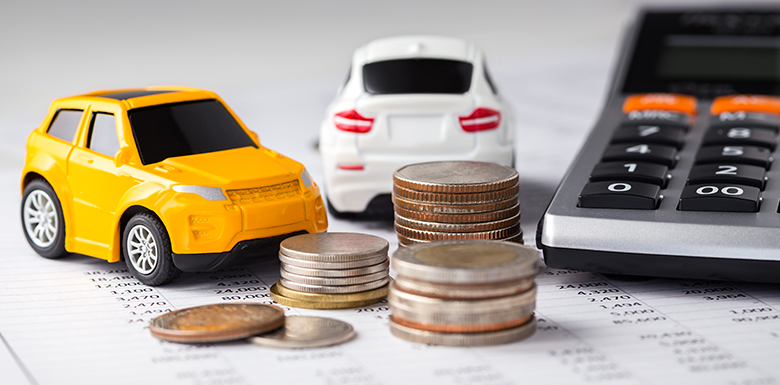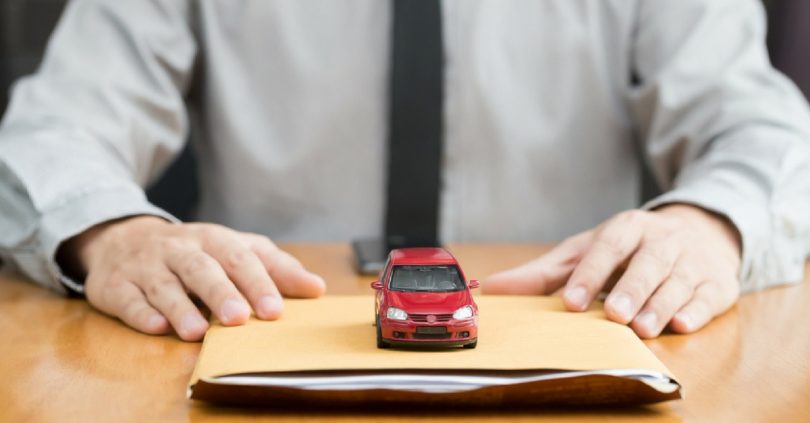 |
Filing the bankruptcy is never easy, but for car owners, everything can get even more difficult. We are living in a time when it is almost impossible to imagine life without having a car. It doesn’t matter if we use to for work or to escape from everyday commitments owning a vehicle is a necessity, and as such, if some trouble regarding money occurs, all that can lead to even more stress. Because of that, the first question when it comes to filing bankruptcy for the drivers is the possibility of keeping their vehicle, and if so, what are the obligations. Many people cannot function without the option to get wherever they want and whenever they want. Luckily, for those who file a Chapter 7 or Chapter 13, there is the possibility to keep the automobile. There are a few different options, and depending on the situation you are in, you should decide what solution is the best. It is necessary to inform yourself well before making any decision, and some thorough research is unquestionably a must. For those who are not familiar with all the things bankruptcy brings and need professional advice, check this website, and you will find everything and get all the necessary help you may need. And, for those who want to learn more about the options, continue reading, as we will thoroughly explain them in this text.
Chapter 13

Source: experian.com
In many cases, it is much simpler to keep the vehicle if you file Chapter 13. Those cases are when you are late in the car fees or have some valuable equity. In the first case, there is the possibility of paying the arrearage through the repayment plan. That means that the payments need to be made by their terms or be added to your own payment plan. Those payment plans usually last for three to five years, and for those who owe more than the value of the car or have a high-interest rate, it is possible to pay only the vehicle’s worth and get the fair interest rate for that period. It is known as a cramdown, and you may hear about it since it is something that many people use to save their vehicles after filing bankruptcy. Also, when it comes to some special occasions, like the one when the value of the auto is lower than the loan, it is possible to reduce the loan by filing Chapter 13.
Chapter 7

Source: rholberlaw.com
Chapter 7 is different from Chapter 13 because there is no payment plan that you should continue paying, but the debts are discharging. If you want to make them canceled, you need to give up some nonexempt equity. But there is no need to worry because the law allows everyone in such a situation to keep some type of assets up to a predetermined amount (property limit). After you choose to do that, they are being sold by the trustee to cover all the creditors one may have in that situation. All the money that the trustee gets is later used to pay the debts to the creditors. Luckily, there are some situations when it is possible to keep the vehicle, and the first one is when the car you owe is exempt, and the second one is when you are behind in the payments. If you are in one of those situations, there is no need to worry about the vehicle since it is almost certain that you can keep it. It may be a little more difficult than keeping it in Chapter 13, but sometimes it is a much better solution.
Equity Exempt
As already mentioned, you can file to keep some part of your assets, and a good thing to know is that every state has some sort of car exemption. It is all dependent on the value of the car, and if it is above determined limits, the trustee may sell it, pay you some of the money, and settle the debt to the creditors with the rest. But even if something like that occurs, you can offer to pay the difference or offer some other asset to cover that price difference and keep the car. This one is also called the wildcard exemption, and it is something most people choose to go with.
Struggling to meet deadlines

Source: bankruptcy-canada.com
Being late in paying the vehicle is the most common problem, and when or if that happens, there are several solutions, and some of those options are to redeem assets or to sign a new payment plan.
Redeeming
Redeeming the assets could be the best and easiest way out from such an unpleasant situation, but there is a catch, and one should know that doing so may not be applicable in case of bankruptcy. Still, in case it is allowed, everyone should know that they can redeem their car by meeting the current price of that automobile. However, it is only possible to do all this if the trustee already decided not to sell it.
New offer
This one is something that is more likely to happen, but even so, you will still need a trustee to agree with it as you will have to sign a completely new payment plan. The important thing to know in case of signing a new plan is that if you don’t meet payment deadlines, you will be count responsible for a deficiency balance.
The bottom line
Going bankrupt is something we all want to avoid, but it is a part of life, and it is not the end of the world for sure. Even so, it’s always good to know all the options and get the best possible solutions, especially when it is about something we cannot imagine our life without, and a car is precisely that. That is why following the advice mentioned above can save you a lot of time and energy since by doing so, you can keep the car and start dealing with other problems that come with bankruptcy.




